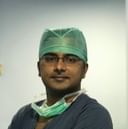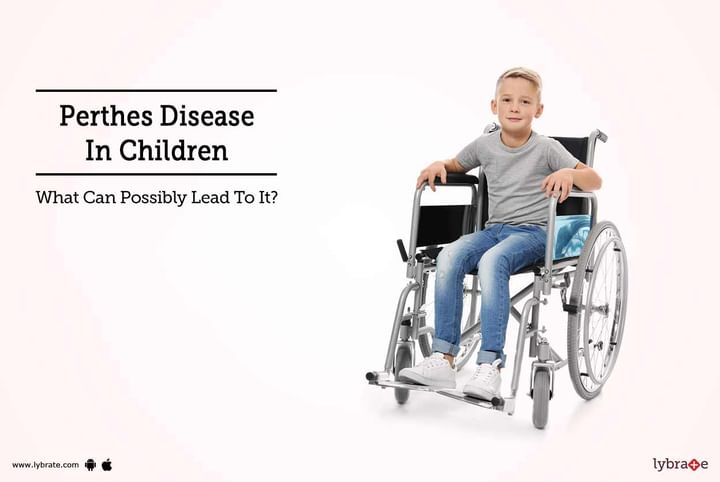Perthes Disease In Children - What Can Possibly Lead To It?
The hip joint is a ball and socket joint made up of the round head of thigh bone (femoral head) with the cup shaped socket (acetabulum) of the pelvis and Perthe’s Disease is an affliction of the hip joints in growing children. It is much more common in boys than girls, and occurs most commonly in children aged between 4 to 10 years. The cause of this problem is still unidentified.
In Perthes disease, changes affect the femoral head which can be seen on X-ray. These changes occur in three stages over 18 months to 2 years:
- The blood supply to part of the femoral head is disturbed, causing loss of bone cells.
- Softening and collapse of the affected bone
- Re-establishment of the blood supply, repair and remodeling of the femoral head.
Limping is the most common symptom. The limp may become more persistent and pain may develop. Examination of the child by the orthopaedic surgeon generally shows restriction of hip movement. The nature of Perthes disease is variable. Severity depends on the child’s age, and the extent of femoral head involvement. Older children, girls, and those with greater involvement of the femoral head are likely to require more complex treatment. Treatment aims to reduce pain and stiffness, and prevent femoral head deformity.
All children need regular review by the orthopaedic surgeon through the duration of the disease. Not all children require active treatment. Many will make a good recovery with only symptomatic treatment. This may involve restriction of activity such as running and high impact sports. Swimming is encouraged. Some children may require exercise in slings and springs, or the application of plaster casts to the lower limbs. Some children will require surgical management.
Children with Perthes Disease are otherwise healthy, but may be affected by physical restrictions. By middle age, one third of those affected have no symptoms, one third have intermittent hip pain, and one third would develop arthritis requiring treatment.



+1.svg)
